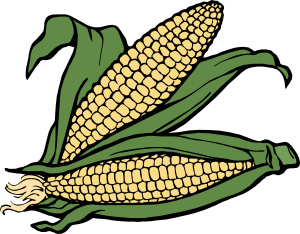This post was written by my friend Stephanie Cohen aka the Perennial Diva. Stephanie is an award winning garden writer and plant dynamo. The is the author of three books; “The Perennial Gardener's Design Primer”, "The NonStop Garden” and "Fallscaping". She lectures coast to coast, and has taught herbaceous plants and perennial design at Temple University for over 20 years. She was the founder and director of the Landscape Arboretum at Temple University, Ambler. She is a contributing editor for “Fine Gardening” magazine.
----------------
I Get The Blues in The Fall Blues
This is not an essay about depression in the fall when we know winter is on its way. I love fall and am invigorated by the wonderful weather and the array of colors in the landscape. Some gardeners think fall is the time for kales, cabbages, and pumpkins. It certainly is, but there are so many other choices to give us fall color.
Caryopteris, goes by several common names, Bluebeard, Blue-mist Shrub, and Blue Spirea, and it is a small shrub that fits into a mixed or perennial border quite readily because they generally range from 2’ to a little over 3 ‘ tall. It blooms profusely in full sun, needs average garden soil that is not heavily enriched with fertilizer or it gets a case of the flopsies. This is one of my favorite low maintenance plants. It flowers late summer to early fall and puts on a show for several weeks. Do not touch when you do fall cleanup. In the spring come out and do your favorite whack and hack pruning. If you want plants a little taller don’t cut back as much. I vary from severe cut backs to leaving quite a bit of the bush every other year. It does bloom on new wood so the old part will not flower. I practice this on Vitex (Chaste Tree) and Buddleia (Butterfly Bush) to keep them vigorous. This is just my opinion on the subject. Caryopteris is hardy to zone 5 and some to zone 4.
The common color for Caryopteris is generally shades of blue. It is an aromatic deciduous shrub and flowers, leaves, and stems give off a faintly pleasant odor. It is fairly heat and drought tolerant. It has no major pests or diseases. Best of all, butterflies will enjoy them as much as you do.
Two of the tried and true cultivars that are still around are ‘Dark Knight’, with deep blue flowers, and ‘Longwood Blue’, which has lovely foliage and beautiful sky blue flowers. Selected at Longwood Gardens it has been a favorite of gardeners for a long time.
Newer cultivars are ‘Grand Bleu’ and ‘Petit Blue’ two outstanding cultivars from France. The main difference is size, as “Gran’ at 31/2’ and ‘Petit’ is 2/1/2’ both have deep blue blossoms and shiny foliage. ‘Petite’ works very well as a container plant because of its demure size.
Now for something different. We now are switching gears to a new take on the same familiar species. It is called ‘Sunshine Blue’. ‘Worcester Gold’ is a yellow foliage form that tended to lose its intense coloration by midsummer. ‘Sunshine Blue’, an English cultivar, manages to keep its yellow foliage while producing amethyst blue flowers. Lil' Miss Sunshine is a new cross between Petit Blue and Sunshine Blue. This variety gives you the best of both worlds. It has the small habit of Petit Blue but with the bright yellow foliage of Sunshine Blue.
So I suggest getting the blues for a late summer fall finale. It’s fun to add to the razzle dazzle of this show stopping season

















































